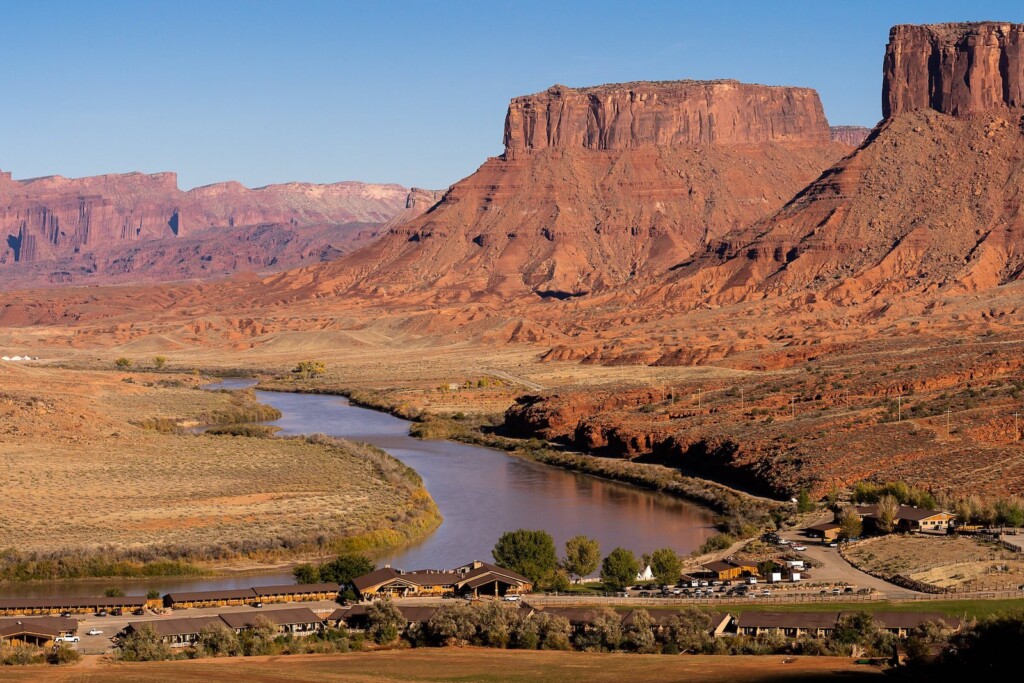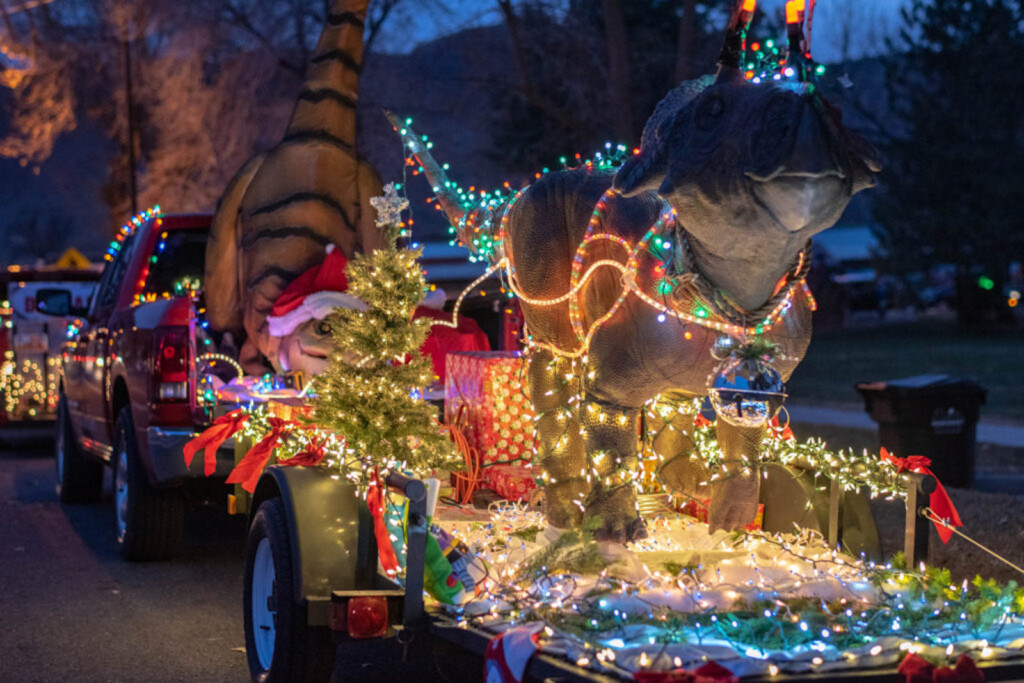“For over 30 years, the film industry pretty much ran Moab,” said Brian Hunnings, General Manager of Red Cliffs Lodge. “From the late 1940’s to the early 1970’s, a ton of feature films, commercials, and television shows were filmed here.”
Hollywood first discovered the Moab region when George White, the owner of White Ranch — known today as Red Cliffs Lodge — reached out to legendary film director, John Ford.
“White told John Ford that Moab had more spectacular scenery and better infrastructure than where they had been filming. White invited Ford out to take a look for himself,” Hunnings explained.
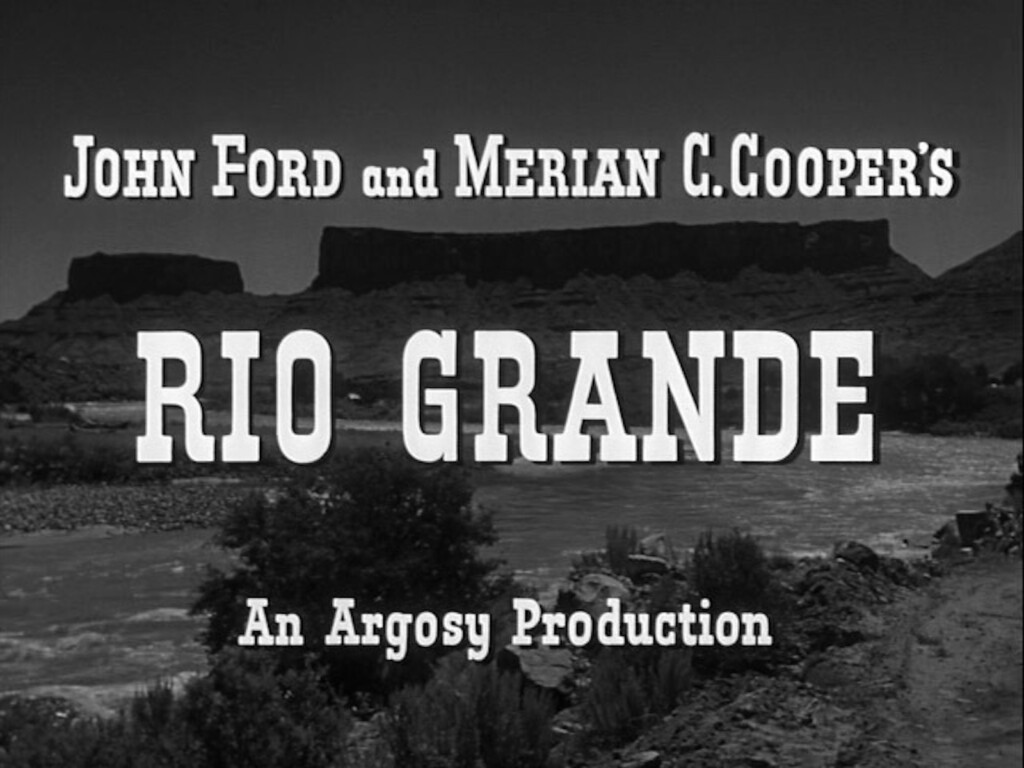
Not long after, Ford, along with movie star John Wayne, visited the ranch. Both men immediately fell in love with the area. Soon, a string of epic westerns — Comanchero, Wagon Master, and Rio Grande — were being filmed on-location in Moab.
In 1949, to further facilitate the needs of production companies and their crews, White founded the Moab to Monument Valley Film Commission. The organization holds the title for the longest running film commission in the world and has coordinated with numerous groups within the entertainment industry. The current director of the film commission, Bega Metzner, said, “Working for the commission keeps me on my toes. I’m a facilitator and a fixer. No two requests from productions are alike and no two days are alike.”
Through the hard work and diligence of the commission, and with help from the community, Moab became a popular spot for movie studios to shoot.
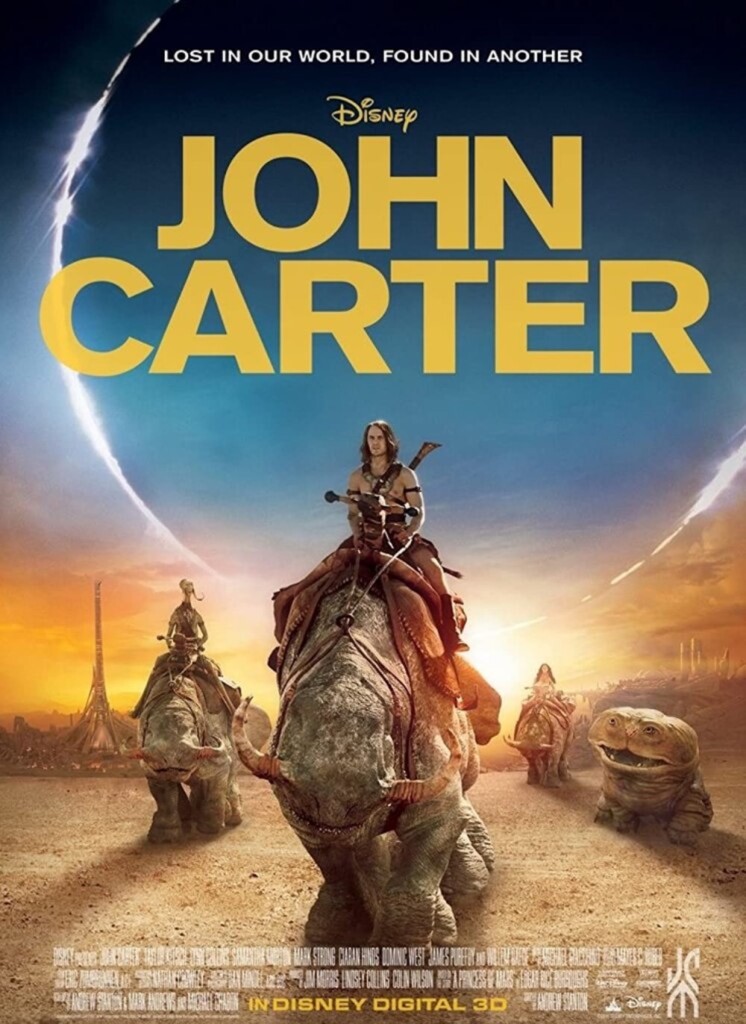
“Over 2,000 productions have filmed here,” said Hunnings. These include blockbuster movies like Thelma and Louise and Indiana Jones and the Last Crusade, to cult classics like Galaxy Quest and 127 Hours.
Most recently, a western series has been filming in the area entitled Horizon: An American Saga. The Civil War saga is produced, directed, and stars Hollywood legend Kevin Costner. The first two movies of the tetralogy will premiere this summer with Chapter 1 hitting theaters on June 28th and Chapter 2 on August 16th. Costner will continue production on the last two films later this year.
As Hunnings explained, “Costner has always been a fan of John Ford and John Wayne and he’s always loved this area.”
Filming a western in southern Utah seems like a fitting way to honor the legacy of both Ford and Wayne, and coincidentally, it aligns with the 75th anniversary of the Moab to Monument Valley Film Commission and Utah’s 100 years in film.
To celebrate these special occasions, the commission has planned numerous grassroots festivities including a gala event in the autumn. Additionally, Red Cliffs Lodge has partnered with the John Wayne family and the John Wayne Cancer Foundation to host the True Grit Race Series. The 5K and 10K races will take place on June 1st, where the off-road path follows the breathtaking imagery from some of “The Duke’s” most iconic films.
Prior to race day, there will be a tasting dinner on May 30th featuring wine, tequila and whiskey from Wayne’s collection. On May 31st, the lodge will present the “Cosmic Cowboy Celestial Cinema,” which includes a silent auction, food trucks, and bands. Guests are encouraged to dress as their favorite character from the western thriller, Rio Grande, and a best costume prize will be awarded, and a pre-movie panel of surviving cast and crew members will entertain the crowd with memories from their days on the movie set. Once the sun goes down, Rio Grande will be shown on the “Grand Lawn.”
The year-long celebrations will also acknowledge the positive impact the film industry has had on southern Utah.
Said Metzner, “The benefits of film on the Moab community reach into nooks and corners that are often unseen and untold. The film crews follow the rules of permitting and leave the place the same or better than when they found it. As such, they could really be considered stewards of the land. They also spend a serious amount of money in stores, restaurants, hotels, and even at the vet if they are here long enough. As an old friend and local film guy Karl Tangren once said, ‘they take nothing but pictures and leave nothing but money.’”
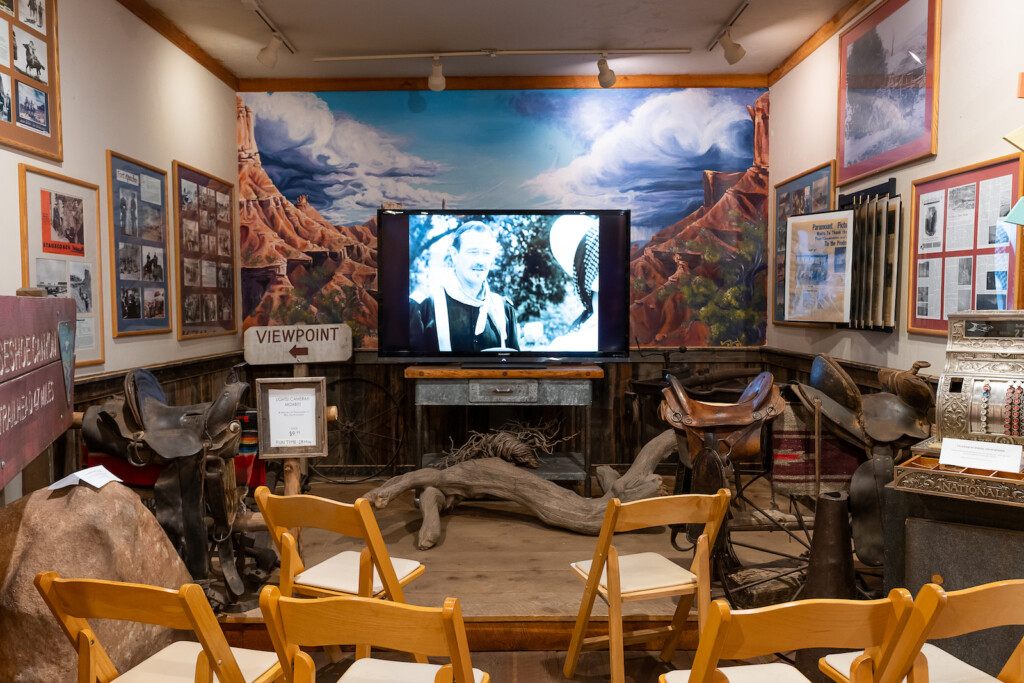
Another way the local community has honored its collaboration with the world of film is through the creation of the Moab Museum of Film and Western Heritage. The collection is located at Red Cliffs Ranch and includes displays, photos and memorabilia from actors, film crews and production sets.
The museum draws cinephiles from all over the world, and during Moab’s peak season, upwards of 400 people will walk through the exhibition daily. Numbers like this show how important the film industry is for Moab and the entire state. Explained Hunnings, “For every dollar Utah spends on the film industry, it brings back seven dollars in revenue.”
Fortunately, Moab continues to see film tourism flourish year after year. More importantly, the public’s desire to be entertained and engaged is constantly growing. For Hunnings, the reason for this seems apparent. “People want to feel connected to things that make them feel emotions. We are human beings and we love stories.”

